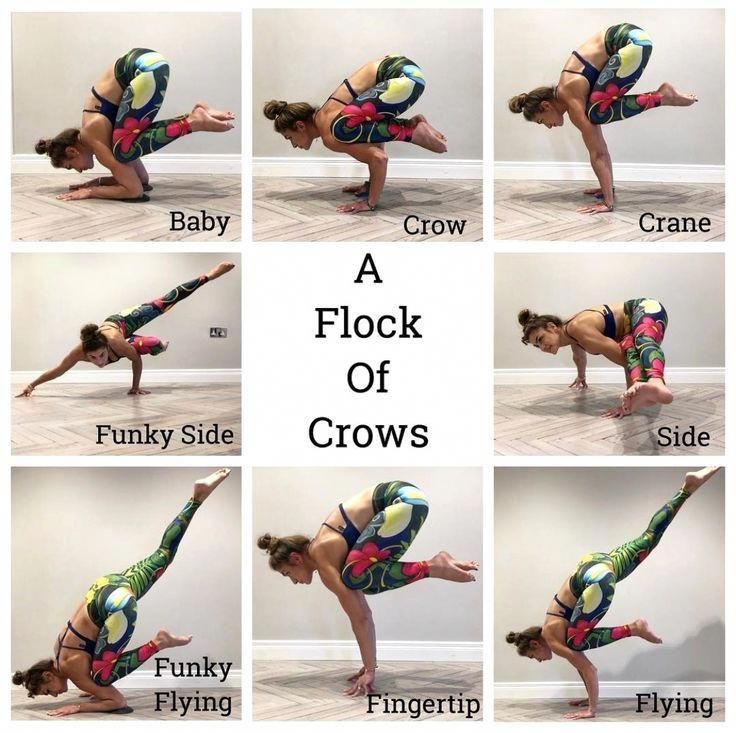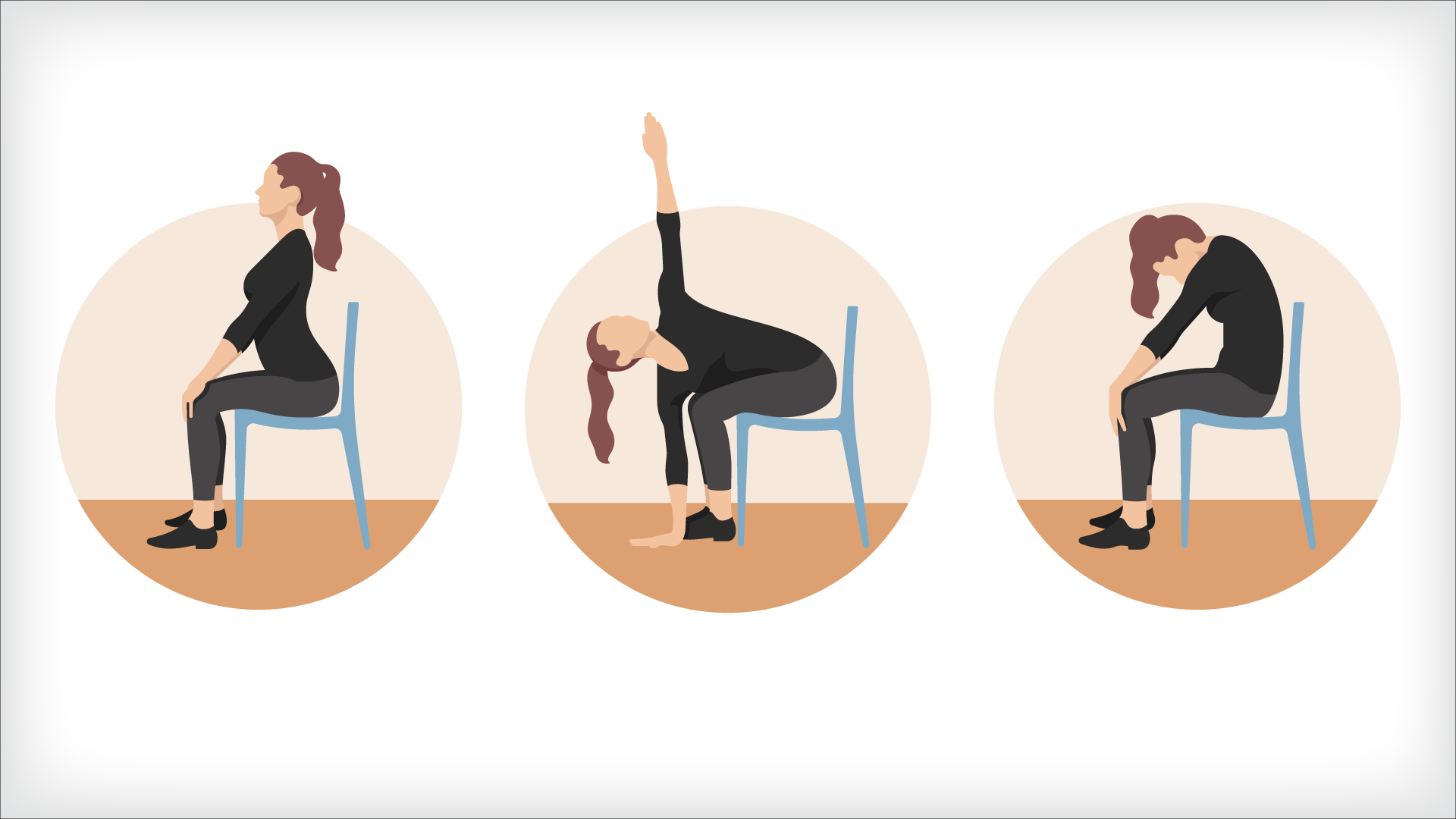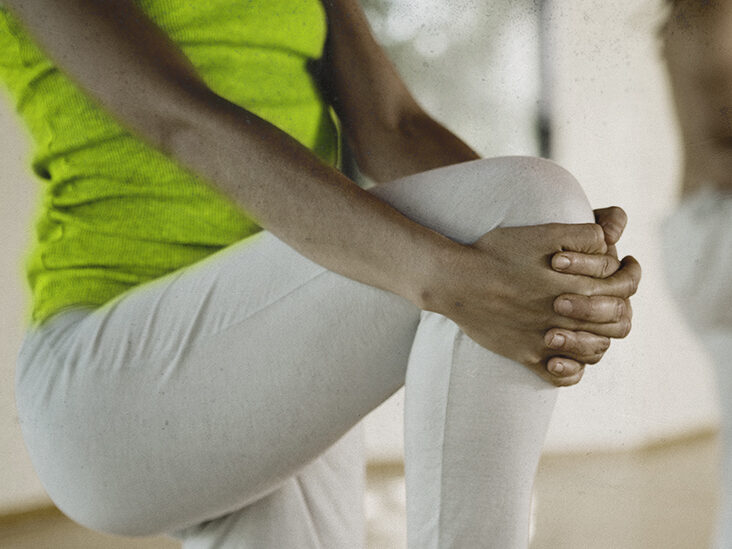
Hot yoga involves extreme heat. It results in heavy sweating. This name means that the practitioner is required to use more of their body heat. Some of these methods are intended to recreate the conditions experienced by yoga practitioners in India. These are the tips you need to know how to do a particular pose. Find out more about yoga hot. This article will cover the benefits of hot yoga, as well as the differences between them.
Hot yoga improves flexibility and strength, while also flushing out toxins. This type of exercise helps you move more efficiently and mindfully. You'll get a better night sleep, clearer thoughts, and a more peaceful environment. Taking a hot yoga class is the perfect way to start your day! Here are the top three benefits of yoga hot. Let's take a closer look at each.
You must drink lots of water before and during your yoga practice. This will keep you hydrated as well as support your urinary systems. You will also need to drink plenty of water for many other processes. Pre-practice water should be consumed at least two hours before the class, in small amounts. Don't eat anything during a hot yoga session. You can eat small snacks before you attend a hot class, but avoid large meals two hours before.

The increased flexibility that yoga hot offers is another advantage. Many people who have tried it find it more fun and effective than the cold version. It is important, however, to understand the potential dangers. While it is true that the more intense hot yoga classes can lead to an injury, it is still a safe workout. Remember that your health is the most important part to your practice. Practice safely. Take a deep breath and breathe in deeply. You cannot overdo it.
A good way to enjoy a hot yoga class is to have lots of water. You need to drink lots of water because hot classes can be very intense. Once you have hydrated, you can get ready for the workout. You need oxygen to keep your body healthy, whether you're using your hands or your feet. In other words, more practice means more energy.
While practicing hot yoga can be challenging, it's also very beneficial for your health. It is important to be mindful of your body and listen to your teacher. You will be able to tell when to stop and hydrate. Do not exercise while pregnant. The heat can affect the pregnancy. Before you begin a yoga class, consult your doctor. Avoid taking medications unless you have been prescribed by your doctor.
While hot yoga may sound tempting, it is essential to follow the directions provided by your yoga teacher. Your body's temperature is also an important consideration. While the majority of practitioners will feel fine, some people experience a degree of discomfort in hot yoga. To prevent heatstroke, it's best to keep the room cool. If the heat is too hot for you, it will make you feel uncomfortable.

Hot yoga is a great way to achieve balance. After a class, you'll feel more flexible and stronger. However, it is important to take some time off. Hot yoga can make you dizzy and tired so you need to drink plenty of fluids to replenish your body. After the class, it is a good idea to incorporate the exercise into your day. Try a different style if the heat makes you uncomfortable.
The main benefit to yoga hot is that you burn calories. While artificial heat does not cause injuries, it can improve your flexibility and enable you to perform more advanced postures. The heat helps you to relax which is crucial if your goal is to lose weight. Hot yoga can help you lose weight. Hot yoga offers many benefits including lower stress levels and increased energy. It's great for your fitness and health.
FAQ
What is the best work out for men aged 40+?
Older men often have more energy and stamina when they exercise.
It is important to note that most people over 40 experience a loss of testosterone in their bodies, resulting in lower sex drive.
But, that doesn't mean you can't enjoy some physical activity. Many studies show that regular aerobic exercise can boost testosterone in some men.
Aerobics can be a good way to improve your sexual performance.
Which order is best for working out?
It all depends on your goals. To build muscle mass, you should first lift heavy weights. Then, move on to cardio. For those who want to lose weight or exercise, you can switch from cardio to strength-training.
Cardio is a great way to lose fat if you are just looking for a quick workout. Next, add strength training.
Do cardio first if you are looking to increase muscle mass. It stimulates growth hormones that help build muscle mass.
It is important to eat before going to work out. You will be able to give your muscles more fuel so they can work harder. This will make you feel better while working out.
Do Men Need A Gym Membership?
For men, a membership to a gym is not required. But, if you do join a gym, it will make your money go further.
Many gyms offer free trial memberships that allow you to test the facilities before signing up for any monthly fees.
The gym is open to all, and you don't have to pay anything. It's easy to cancel your membership when you decide whether or not you love the gym.
How To Build Muscles Fast?
It is important to eat healthy food and lift weights frequently in order to quickly build muscle.
It is best to exercise in the morning, when you feel fresh and ready to go!
Exercises such as push-ups and bench presses are good options.
You can try different weight training methods and remember to drink lots of water throughout the day.
Statistics
- Are You One of the 20% of Guys (mh.co.za)
- By John Thompson Take a whopping 38% off a set of PowerBlock Pros. (menshealth.com)
- According to the American Academy of Dermatology (AAD), men over 50 are at a heightened risk of developing it. (healthline.com)
- An estimated calorie range for moderately active adult males falls between 2,200 to 2,800 calories per day, depending on age. (eatright.org)
- Get free shipping and 25% off today. (healthline.com)
External Links
How To
How can a man lose weight in just 30 days.
Breaking down your fitness goals into smaller, more manageable steps is the best way for you to reach your fitness goals.
Every day, you must work towards your goal. This could be anything from running 3km to doing 10 pushups in 5 minutes.
This will ensure that you see positive results if you practice it consistently over time.
Be consistent is key. It is important to persevere until you succeed.
What is the difference between Aerobic Fitness (or Anaerobic Fitness)?
Anaerobic fitness is the ability to do intense physical work without oxygen. Anaerobic pathways are used to give our bodies enough energy to perform high-intensity exercise. Anaerobic pathways are glycolysis, creatinephosphate and the phosphagen.
Aerobic fitness, on the other hand, is a sustained low-intensity exercise. The primary source of energy for aerobic exercise is oxygen. In other words: The aerobic pathway gives more energy than that of the anaerobic.
If you are looking to run a full marathon, then you have to increase your aerobic ability. If you only focus on building up your anaerobic capacity, you won't be able to finish the race.
Aerobic fitness may also be known as cardiovascular fitness. The most common methods of determining cardiovascular fitness are step tests and VO2max testing.
Test VO2 Max
VO2max is the maximum oxygen (O2) that your body can use while exercising. This test determines how much O2 your body can use during exercise.
This test measures cardiovascular fitness in a way that is most accurate. It requires expensive equipment and highly-trained professionals to administer.
Step Tests
Step tests are a simple but effective way to measure cardiovascular fitness. You will be asked to walk, jog or run for a specific time on a track. This is based on your age or weight.
These tests are easy, inexpensive, and accessible almost anywhere. You could, for instance, run on a treadmill for two minutes, rest for one minute, and then go back to the starting point for 20 minutes. Throughout the session, your heart rate should be within a certain range.
This is the "Bruce Protocol". Bruce himself was a runner who developed this protocol after he realized that his heart rate would not increase when he ran longer distances.